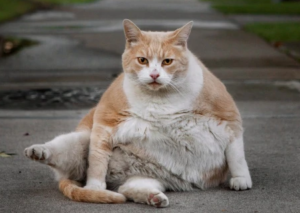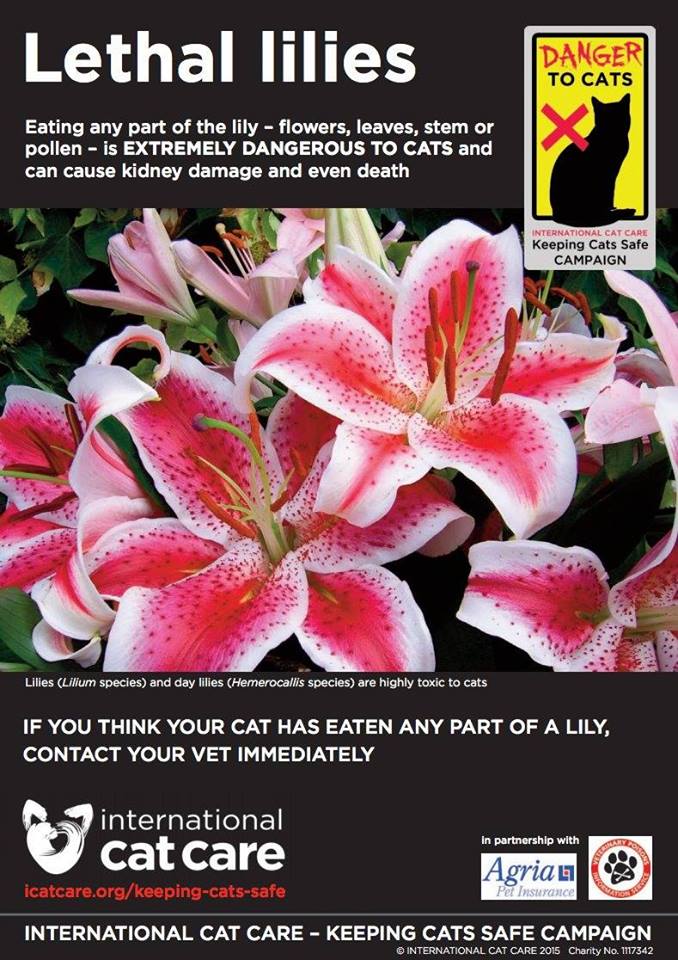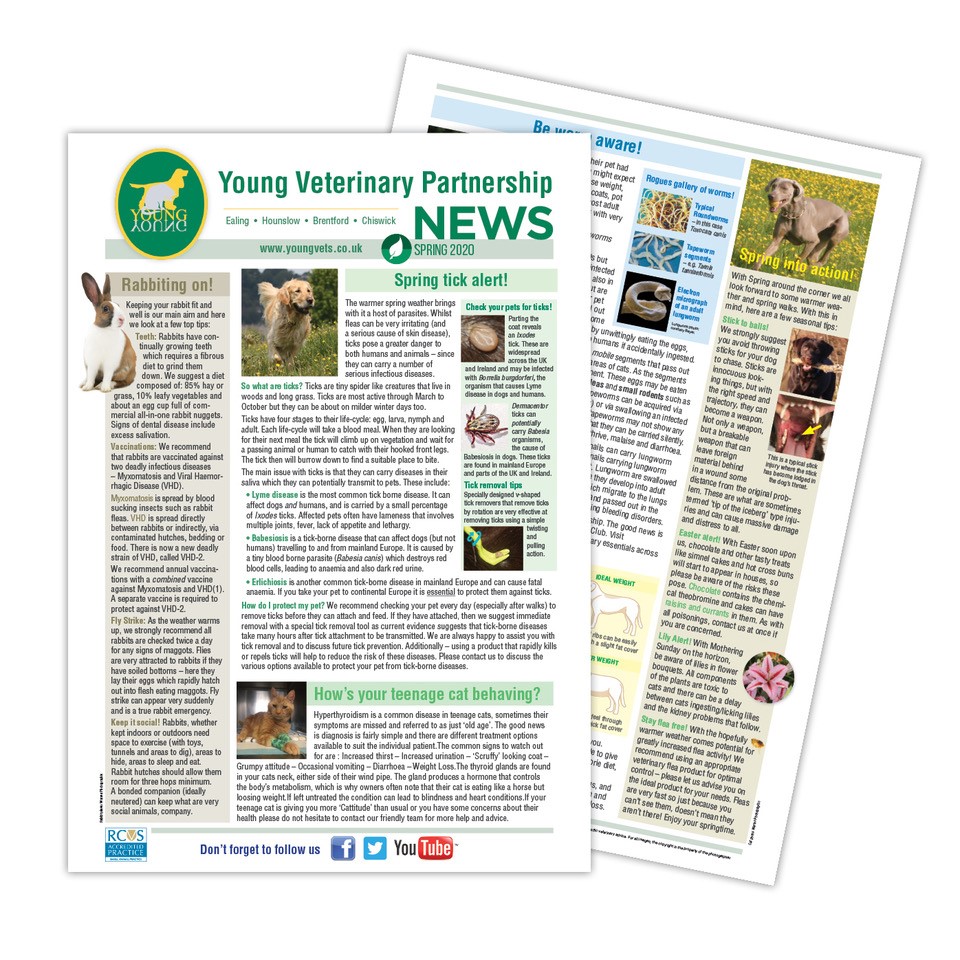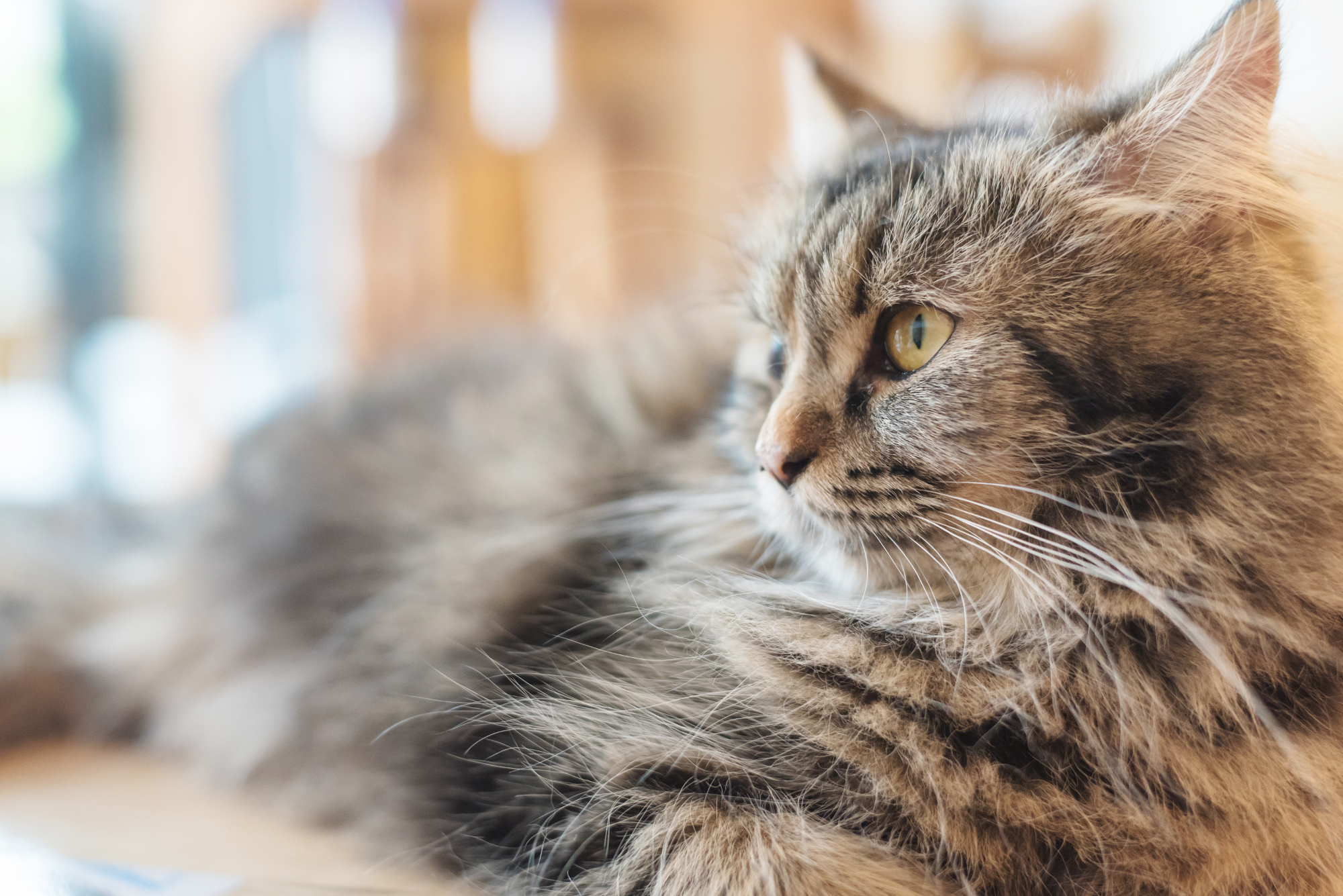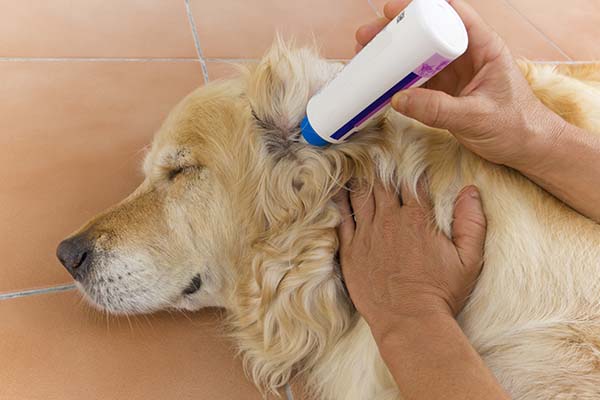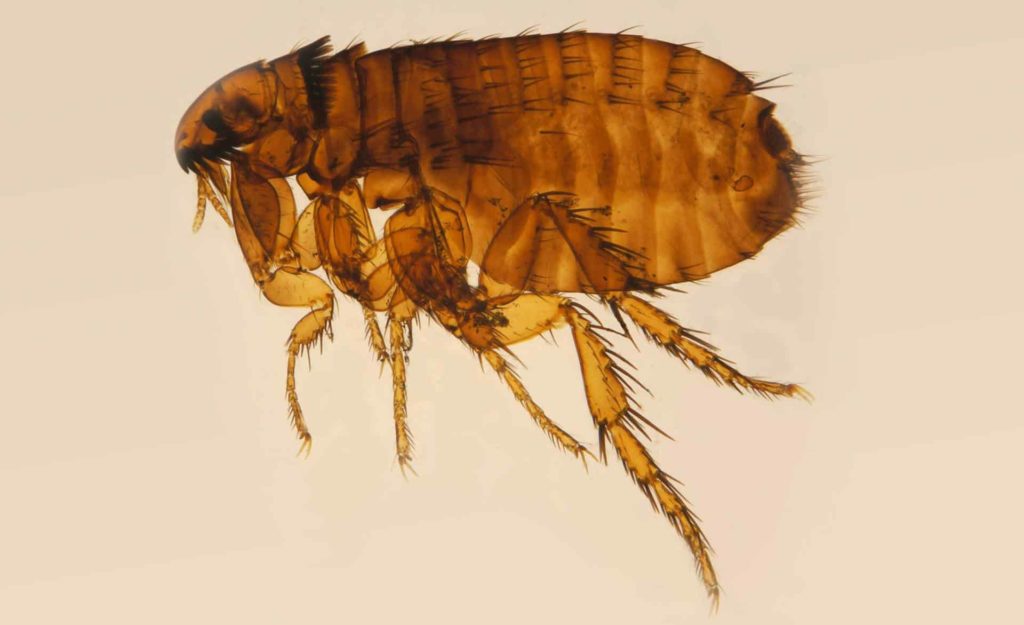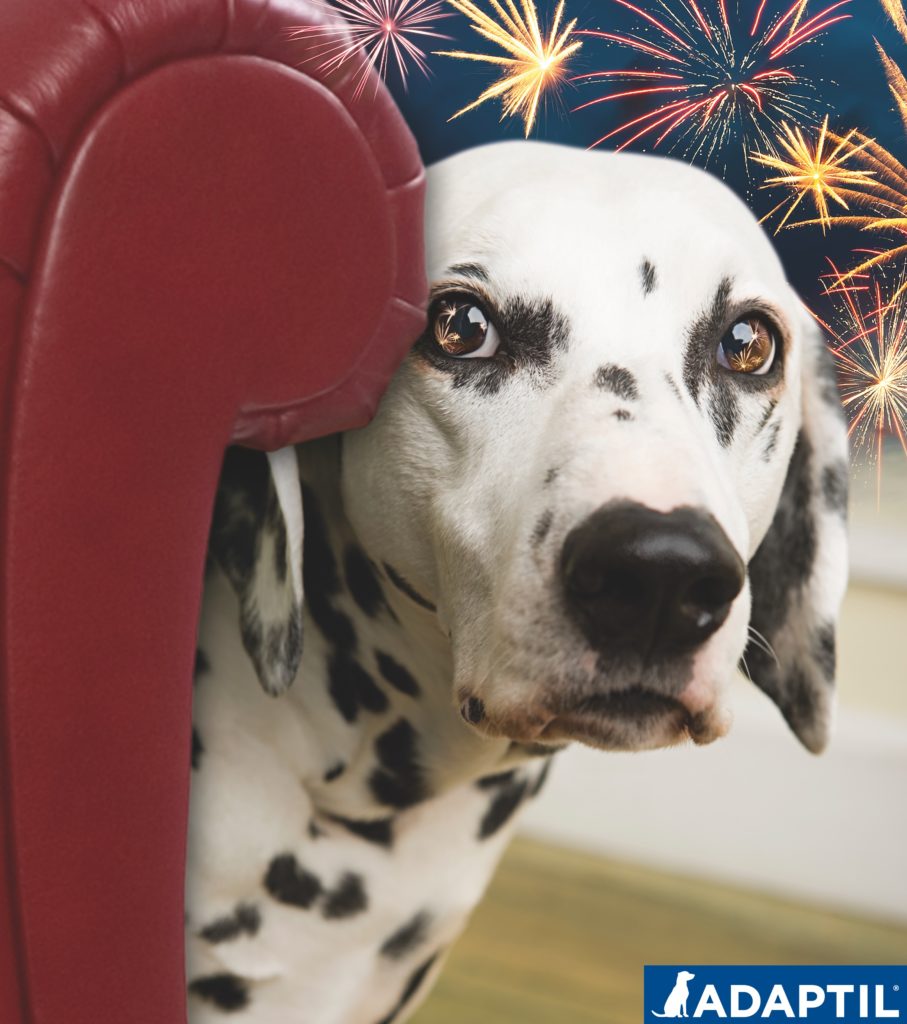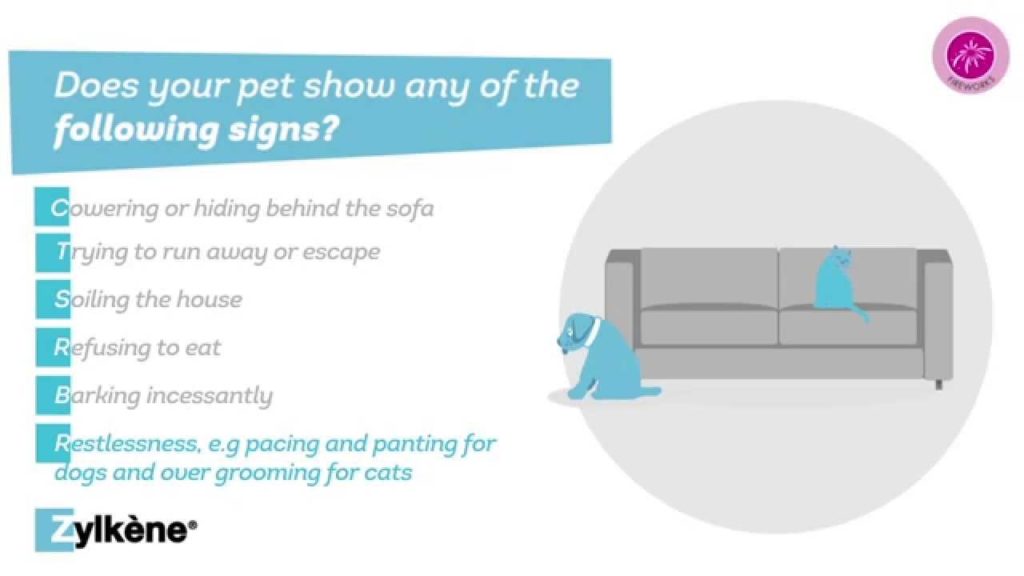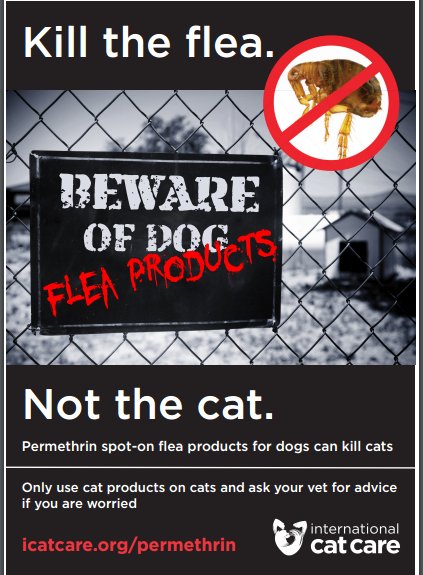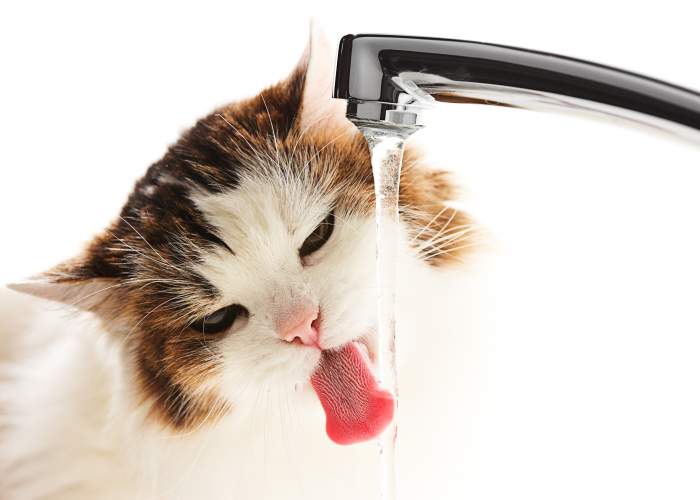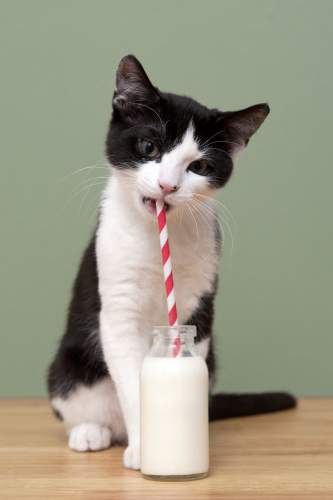Top 10 dog friendly beaches in the UK
The UK has hundreds of hidden dog friendly beaches waiting to welcome your pup’s paw prints. Here are ten of the favourites – each of which is open to dogs all year round. Because your pooch deserves a summertime splash in the sea as much as anyone.
Most dogs can’t get enough of the sandy stuff. Can you blame them? It’s a chance to dart between the dunes; chase a soggy old tennis ball along the shore – sand between the paws and a sea breeze ruffling those ears. Bliss.
1. CROW POINT, NORTH DEVON
So secluded that many of the locals don’t even know about it, Crow Point is a dream for doggies. With vast undulating dunes to explore and a wide flat beach – not to mention beautiful views of the Taw-Torridge estuary – it’s a trip to savour whether you have two legs or four.

Picture credits Bill Tyne via Flickr
2. THORNEY BAY, CANVEY ISLAND
Thorney Bay is a small, sandy and totally charming beach that marks the point where the Thames hits the sea. Expect lovely views across the estuary to Kent. A must for all those London-based pooches that have yet to feel the sand beneath their paws.
3. HIGHCLIFFE CASTLE BEACH, DORSET
There can’t be too many dog friendly beaches in the world that you enter through ancient castle grounds. But Highcliffe Castle beach offers all that and more. A wide sandy beach beneath cliff-top woodlands that’s sheltered and great for swimming.

Elliot Brown via Flickr
4. ABERPORTH BEACH, CEREDIGION
This part of Wales isn’t exactly lacking when it comes to pretty dog friendly beaches, but we love Aberporth Beach. It’s quaint, unassuming and impossibly charming. Most importantly it’s safe for a doggy paddle: Blue Flag-rated with clean waters.
5. COMPTON BAY, ISLE OF WIGHT
Wide, expansive and backed by beautiful cliffs, Compton Bay is one of the most pristine and unspoilt beaches the Isle of Wight has to offer. And it has the important acronyms to back it up. The south-west coast of the island has been designated a Site of Special Scientific Interest (SSSI), a Heritage Coast and an Area of Outstanding Natural Beauty (AONB).

Alistair Young via Flickr
6. RUNSWICK BAY, WHITBY
What Runswick Bay lacks in size it makes up for in beauty. This golden-sanded inlet is backed by steeply-sloped floral banks, where the deep emerald hues stand in stark contrast to the blue of the clean-enough-to-swim-in ocean. Lovely.
7. SNETTISHAM BEACH, KING’S LYNN
West-facing Snettisham Beach in east-facing Norfolk is much more than a geographic oddity. The expansive sands are home to oodles of wading birds. And dusk trips will be rewarded with some of the finest sunsets in the UK. Quite why it’s always so deserted is beyond us, but we are not about to complain.

Alan Parkinson via Flickr
8. REDPOINT NORTH BEACH, WESTERN HIGHLANDS
Some dog friendly beaches are great for meeting other friendly dogs. This is not one of them. Embrace solitude on this beautifully secluded little beach, where even the red-hued sand and dramatic rocky outcrops can’t steal the thunder from the jaw-dropping views out towards the Western Isles.
9. BLUNDELLSANDS, SEFTON
It’s big, it’s beautiful and it’s home to a permanent art installation called Another Place. Watch out for a series of iron sculptures of life-size men, just below the tide line. Haunting? Heart-warming? You decide while your pup runs wild.

Amanda Slater via Flickr
10. BALLYWALTER BEACH, COUNTY DOWN
There’s plenty of room to chase around on the large, flat shore. And at low-tide curious pups will find oodles of little rock pools to explore. As for you, expect gorgeous views down along the Irish Sea coastline. There’s even a small playground for little ones.
READY TO HIT THE ROAD?
So there you have it. Ten of the favourite sandy dog friendly beaches that welcome four-legged explorers all year round. If you and your pup hit the sandy shores for a day trip don’t forget to post your pictures to our Facebook page, we love seeing your pet pictures!
Blog post supplied by DogDialog and Zoetis.
Disclaimer: The information in this post is the opinion of the DogDialogue writer and not that of Young Veterinary Partnership or Zoetis. Clinical information provided on this site is intended solely for educational context and is not a substitute for the views, advice and recommendations of a veterinarian. For advice on your pets health, please contact a member of our friendly team.

